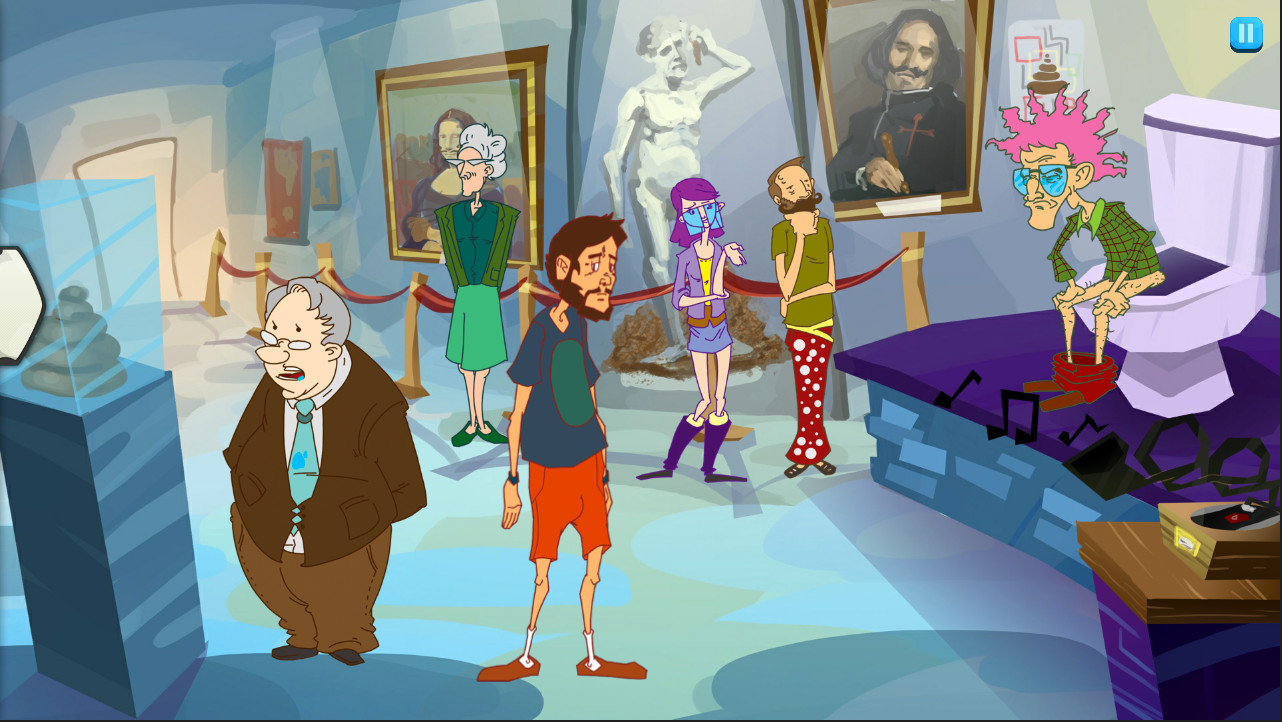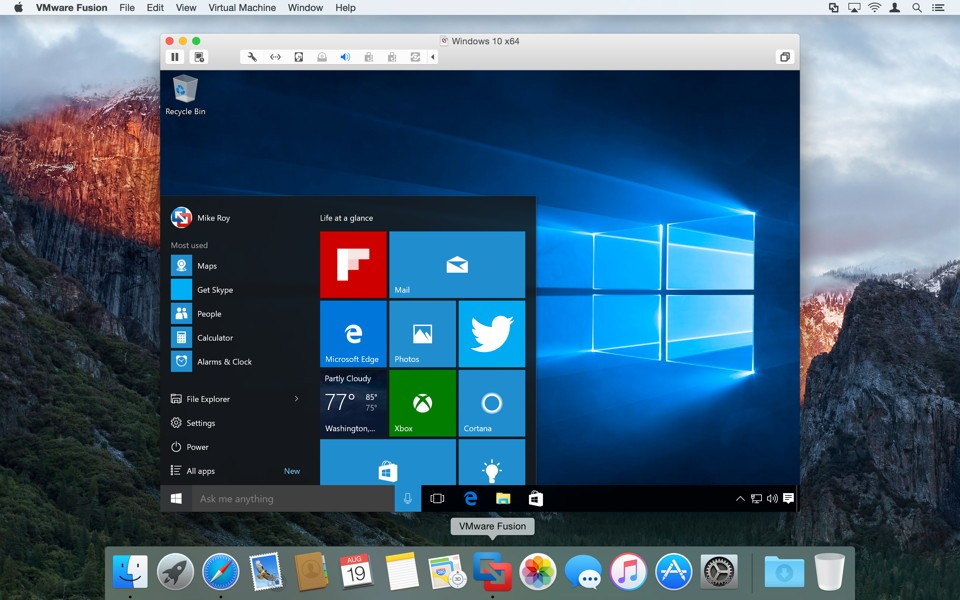Mac OS X, OS X, or macOS virtual machines that you create in Fusion can run on any Apple-branded hardware that uses Intel processors. The Apple licensing agreement defines the situations when it is permissible to virtualize Mac OS X, OS X, or macOS. Fusion does not change these terms or enable macOS on non-Apple hardware. About This Game The Great Fusion is graphic adventure set in the year 2022. Society has truly changed during the last decade, the good old times have vanished. VMware Fusion, a proven reliable Mac virtual machine option, boasts a new version optimized for Windows 10 and OS X El Capitan. A $79.99 (USD) application, previous users owning a version 6 or 7.
Black mirror (dogtagyourd) mac os. Apple's Fusion Drive combines a fast solid state drive with a slow, platter-based hard drive to deliver both speed and capacity. It does this well, considering it requires no interaction from the user.
However, you may want to separate a Fusion Drive, either to gain a greater level of control or to simply swap out one of the drives. Whatever your reasons are, separating a Fusion Drive is a fairly simple process.
Youtube slots 2019. VMware Fusion is designed for every kind of Mac user. IT pros, developers and businesses choose VMware Fusion Pro for its broad OS support, rock-solid stability and advanced features simply not available in a non-virtualized environment. Solutions for IT Pros Design, test and demo software solutions for nearly any device, platform or cloud.
Fusion Mac Windows
Backup your data
Splitting up a Fusion Drive will erase any data contained on it. if you want to preserve any data, back up first. You can check out our guide to backing up with Time Machine or our more general guide if you don't need to save everything.
Bust open the terminal
If the two drives you want to separate aren't currently running the OS but are attached to your computer, you can just open Terminal (Applications > Utilities > Terminal). Perhaps you created a Fusion Drive with a pair of external drives, or you have a Mac Pro, which has multiple drive bays, and you've paired a couple of drives in the bays as a Fusion Drive (but aren't used as a boot drive).
If you're currently running OS X on the Fusion Drive , you must run the Terminal from Recovery Mode. You can get there by holding Command+R while booting. https://downbup368.weebly.com/tokyo-factory-mac-os.html. If you have only two drives in your computer configured as a Fusion Drive, then it will also be used as the boot drive and you need to boot into Recovery Mode.
Split the drives

You should see a table similar to the one above. At the top, you'll see the logical volume group and its unique identifier just to the right of it, it's a long hyphenated string of numbers and letters. Copy that and then use the following command to separate the Fusion Drive (replace lvgUUID with the identifier you copied): diskutil coreStorage delete lvgUUID
When you destroy the CoreStorage Logical Volume Group, it formats the drives for you as normal Mac OS Extended (Journaled) volumes (JHFS+). This is the normal type of volume that you would install OS X on or use to format an external drive.
Fusion Drive quirks
If you split up a Fusion Drive you got from Apple, you won't be able to use Disk Utility to format the drives. Disk Utility will detect that the two drives used to be an Apple Fusion Drive and show them in red text.
Vmware Fusion Mac
Not to worry though, as you can install Mountain Lion without a problem. Just exit Terminal after you delete the CoreStorage setup, and choose to reinstall Mountain Lion from the list of choices in Recovery Mode. You can select which drive to install the OS on, and upon booting you'll have access to both your drives. You'll also be able to go into Disk Utility and format them once you've installed Mountain Lion, though if you boot from Recovery Mode you'll still get the same problem formatting them.

You should see a table similar to the one above. At the top, you'll see the logical volume group and its unique identifier just to the right of it, it's a long hyphenated string of numbers and letters. Copy that and then use the following command to separate the Fusion Drive (replace lvgUUID with the identifier you copied): diskutil coreStorage delete lvgUUID
When you destroy the CoreStorage Logical Volume Group, it formats the drives for you as normal Mac OS Extended (Journaled) volumes (JHFS+). This is the normal type of volume that you would install OS X on or use to format an external drive.
Fusion Drive quirks
If you split up a Fusion Drive you got from Apple, you won't be able to use Disk Utility to format the drives. Disk Utility will detect that the two drives used to be an Apple Fusion Drive and show them in red text.
Vmware Fusion Mac
Not to worry though, as you can install Mountain Lion without a problem. Just exit Terminal after you delete the CoreStorage setup, and choose to reinstall Mountain Lion from the list of choices in Recovery Mode. You can select which drive to install the OS on, and upon booting you'll have access to both your drives. You'll also be able to go into Disk Utility and format them once you've installed Mountain Lion, though if you boot from Recovery Mode you'll still get the same problem formatting them.
Recovery Partition
Splitting up a Fusion Drive eliminates the recovery partition, so make sure you have access to the Internet in order to download the latest version of Mountain Lion onto your machine. The late 2012 Macs that shipped with Fusion Drives require a special version of Mountain Lion not yet available anywhere but by Internet Recovery.

